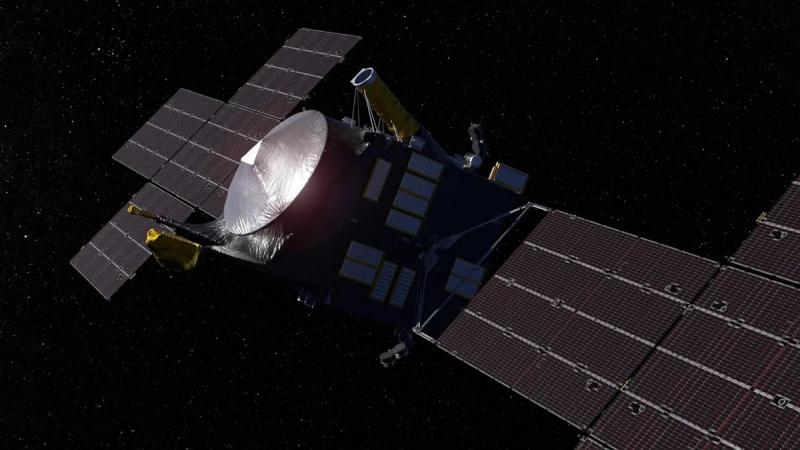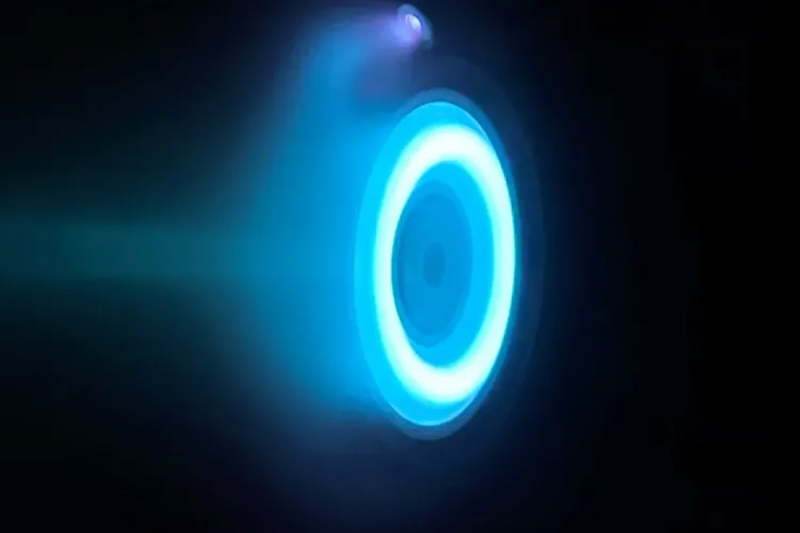The Technology section is published with the support of Favbet Tech


NASA turned on electric Hall thrusters on Psyche, a spacecraft that is now floating is moving toward the metal-rich celestial body of the same name in the asteroid belt beyond Mars. The agency says Psyche is now at “full cruise” six months after its October 13, 2023 launch on a SpaceX rocket.
NASA previously used Psyche for the first time in the agency's history to test laser communications in deep space. The ship fired a communication beam towards Earth from a distance of about 16 million km. It is expected to reach its target and namesake, the asteroid Psyche, by 2029 and will orbit it for two years, observing and sending back data. Scientists suspect that Psyche is actually the embryonic core of a planet, or planetesimal.

The ion engine is relatively new and at the same time quite old for NASA. The agency has been working on this technology since before American astronauts first walked on the moon. The first ion engine was tested in 1964.
The engine has no moving parts – it creates thrust by exciting xenon particles, which are repelled and exit the engine. There are many different types of ion thrusters, including the magnetic Hall thrusters that Psyche uses. The lack of moving parts makes them robust, they consume little fuel, so they are lighter and can be used on smaller spacecraft. Plus, they have a futuristic look when they work.
Profession course “Motion Designer” from Skvot. Learn to create 2D and 3D animations using After Effects, Cinema 4D and Octane Render. Over the course of the course, you will create 14 motion videos, 2 of which are for a real client. More details about the course
NASA first used ion propulsion as a primary engine in 1998 on Deep Space 1, a mission to test “various advanced technologies for future interplanetary missions.” In 2007, Dawn became NASA's “first purely science” mission to use ion engines for flight until the attitude control fuel hydrazine ran out.
Ion engines are not powerful enough to launch a rocket from Earth, but they can reach very high speeds over time in space. NASA reports that Psyche is currently traveling at 37 km per second, or 133,200 km per hour, and will eventually reach nearly 200 thousand km/h.


Favbet Tech is IT a company with 100% Ukrainian DNA, which creates perfect services for iGaming and Betting using advanced technologies and provides access to them. Favbet Tech develops innovative software through a complex multi-component platform that can withstand enormous loads and create a unique experience for players. The IT company is part of the FAVBET group of companies.

